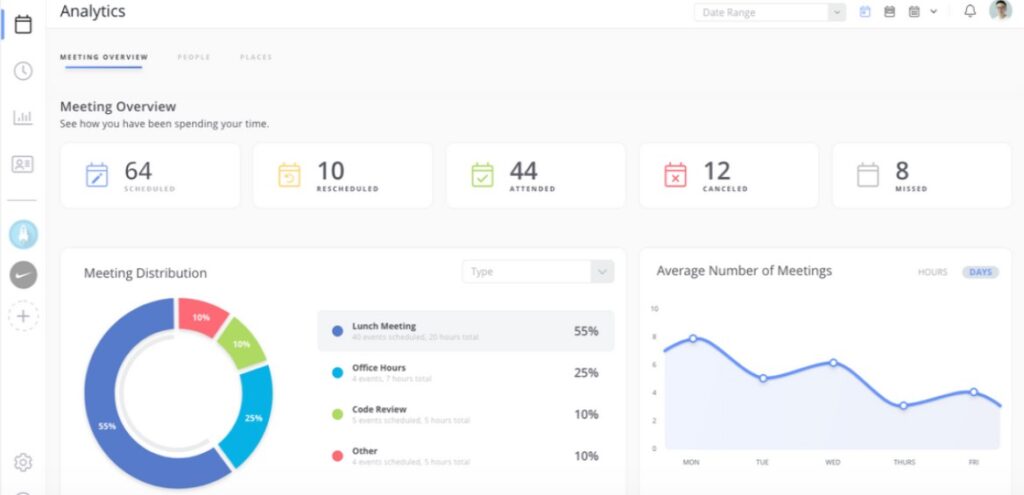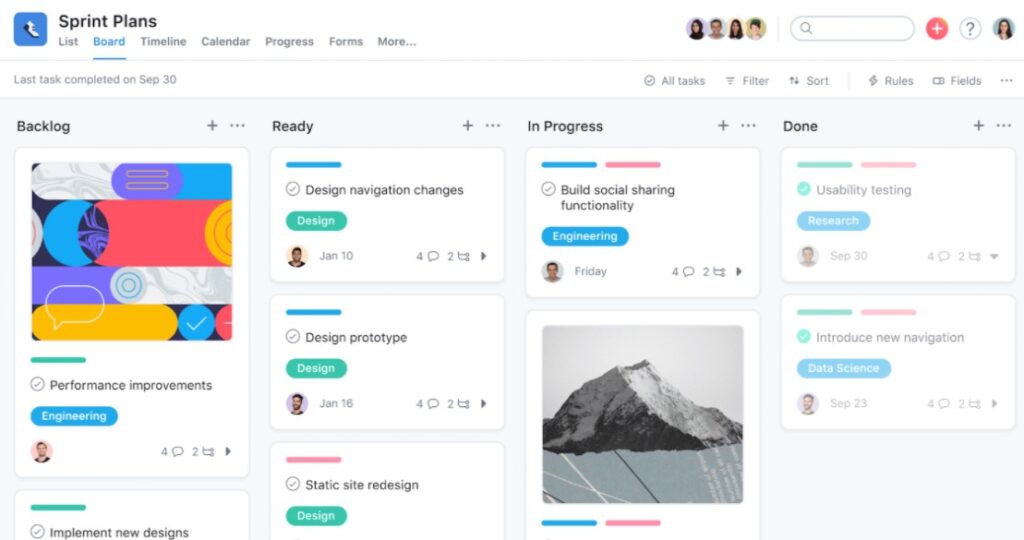Running a remote team has its own set of challenges. Communication gaps often occur. You get a high employee churn turn. And it’s often harder for your team to focus when working online.
If you don’t manage these challenges effectively, you stand to lose big time. Not only will you spend bajillions of hours doing needless firefighting and hurt your brand reputation, but your bottom line ultimately suffers.
To help you deal with the challenges of running a remote team, we’ll share four tried and tested tips.
1. Streamline your team communication
Establishing clear communication lines with your remote team is challenging since natural elements of social interaction, such as body language, tone, and voice, are limited in the virtual space. This impedes clarity and precise interpretations of SMB.
That’s why developing clear communication lines for your remote team is crucial. It brings everyone on the same page as you progress through the working days.
To do that, you need to consider modifying how you communicate digitally.
Use the right communication tools.
To build stronger affinity and create empathy among the team, conduct video calls for formal meetings and casual virtual catch-ups.
Video calls are great alternatives to email because you can see people’s facial expressions and hear the tone when they speak. This helps you understand, trust, and connect more effectively and accurately.
The internet has mounds of easy-to-use, high-quality video conferencing software tools, such as RingCentral and Lifesize. These programs have modern, powerful features that support your small business’ essential team communication needs.
For frequent non-video internal correspondence, you can employ communication tools designed for remote teams, which are more efficient, flexible, and responsive than email. Slack is one such go-to channel you can use for free.
Slack has the basic communication features such as instant SMB, group chats, notifications, availability statuses, file sharing, and more.

Define clear schedules for meetings and correspondences.
As in physical office set-ups, meetings and expecting remote employees’ replies to SMB should be within agreed working hours.
Doing this helps everyone balance their personal and professional lives, give space for rest and recuperation, and resist the urge to plug in beyond working hours.
Plus, clearly defining regular schedules for virtual meetings helps you and your team manage your time and prepare for it — especially if some of them are operating in different time zones.
Set your meetings and get the right people involved through online scheduling tools such as Calendar, a smart and speedy scheduling tool best designed for remote teams.

The tool lets you arrange your schedules natively or on your connected calendars on Google and Outlook. It allows you to invite people to your meetings and see their availability.
Calendar even sends gentle follow-ups and ensures your team has confirmed their acceptance of your meeting invitation.
Calendar is also time-zone friendly, handling everyone’s availability and making collaboration easier across time differences.
The tool even has analytics to show how you’ve used your valuable time resource and uses artificial intelligence to develop personalized experiences for you and your workforce.

Alongside these tools and during meetings, convey your SMB clearly to avoid misinterpretation and blunders later on at work, but also concisely to save everyone’s time.
2. Organize your project management workflows.
Handling small business projects with your team spread out across various locations is another huge challenge.
Because workers are not together physically, discussing project details, issues, and agreements and getting feedback takes time. Sharing documentation via email and tracing back updates and specific information through long threads also consumes time and productivity.
All these eventually hamper your ability to meet targets and deadlines.
Organize your project workflows and enhance your remote team’s collaboration to the optimum with tools such as Asana.

Asana has a user-friendly interface for overseeing and updating the progress of various assignments. Where you can create projects, categorize phases and tasks, view them in six formats, and drag and drop them according to their status.

You can assign tasks to your employees, and your team can comment and share files. You can even execute project actions for each assignment, such as marking them as complete, set due dates, unmark as milestones, and many more.
Using project management tools such as Asana helps keep everyone on track. It streamlines not only your workflows but also your team’s collaboration despite being far from each other.
3. Put a balance to how you manage your team.
Managing remote workers limits your visibility on their activities, increasing the temptation to micromanage and bombard them with frequent requests for mini progress reports.
Do you constantly follow up on a task via email, phone calls, and text? Do you usually ask your employees if they received your SMB? If so, refrain from doing that.
Overusing (or really, abusing) those communication points is a digital form of domination and harassment. Using all these channels for the same SMB is both ineffective and irritating.
Balance the volume of your digital communications wisely, and give your remote workers space to complete their tasks and update you on their progress.
4. Calendar individual working schedules.
When you have remote employees operating on different shifts or time zones, it can be challenging to track who’s assigned on which day and time and if there’s someone you can easily tap to replace suddenly vacant schedules.
Knowing when your workers are generally available helps you maintain your small business’ productivity and determine the best times to contact them.
To resolve that problem, organize and manage your employees’ schedules with tools such as When I Work.

When I Work lets you see in one glance your workforce’s availability, fill in and trade shifts, and progress of tasks.
It even lets you supervise your team’s working hours, clock-ins, breaks, and absences, and edit their timesheets. This helps you reduce overtime and control your labor costs more efficiently.
The tool does this with powerful features such as digital timesheets, labor distribution reports and forecasting, early clock in prevention, scaling across multiple locations, instant alerts, automatic scheduling, and lots more.
With shift scheduling tools such as When I Work, you can manage and track your remote teams’ working hours, payroll, and productivity seamlessly. You also empower your teams and their communication, collaboration, and accountability.
Remote work doesn’t have to be problematic.
Your small business does not need to suffer when working remotely with your employees. You can find better ways to cooperate as a team as you set and agree on expectations and schedules with these tips.




